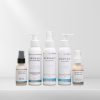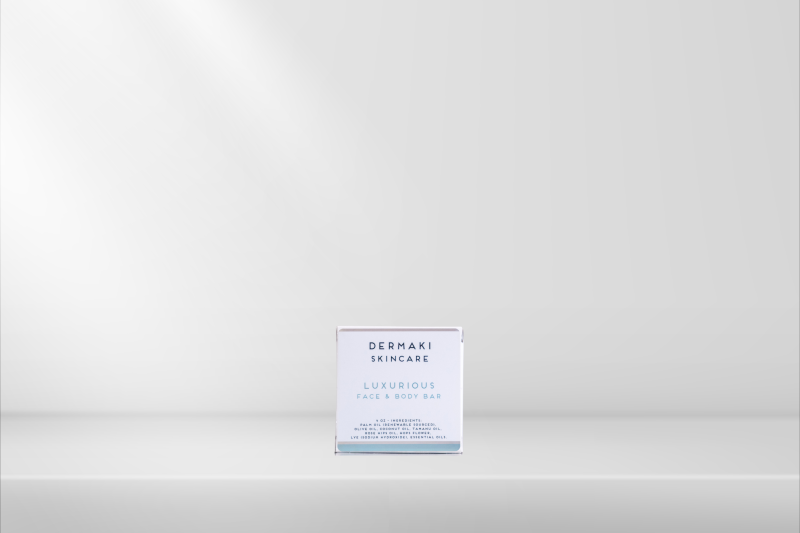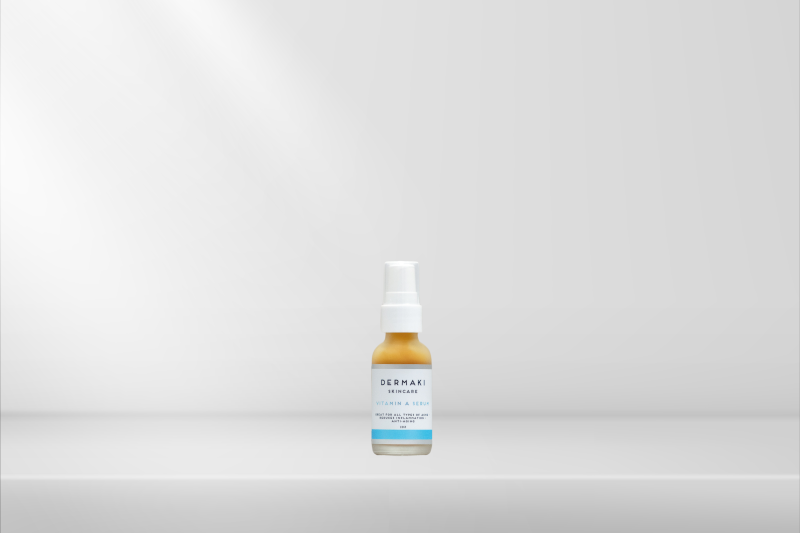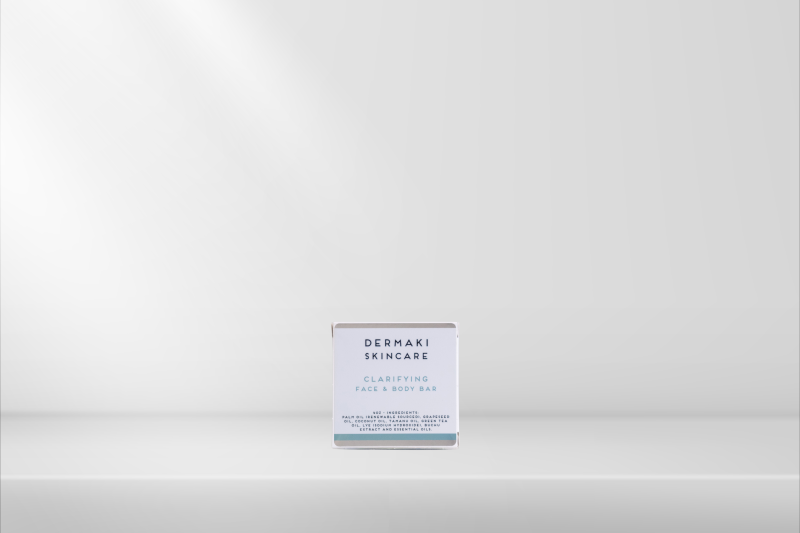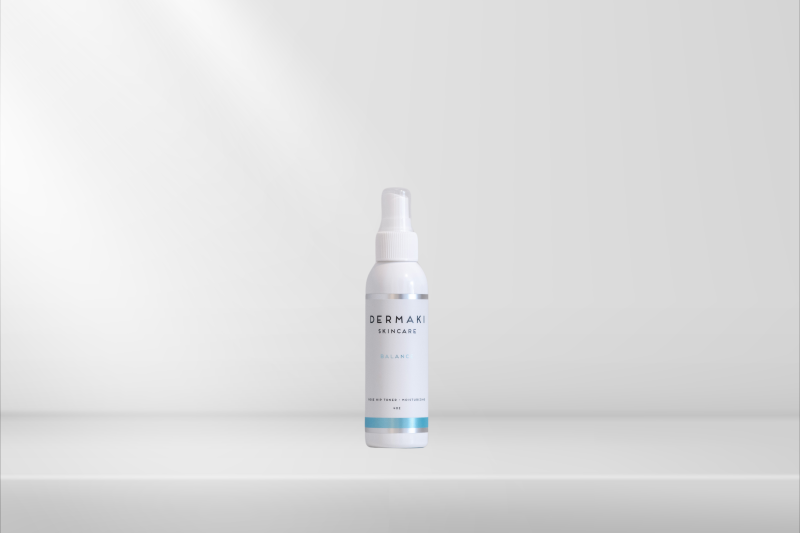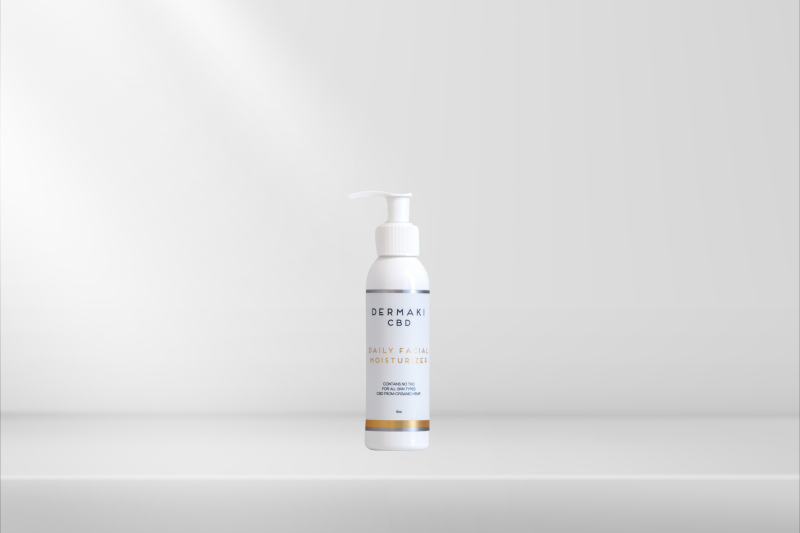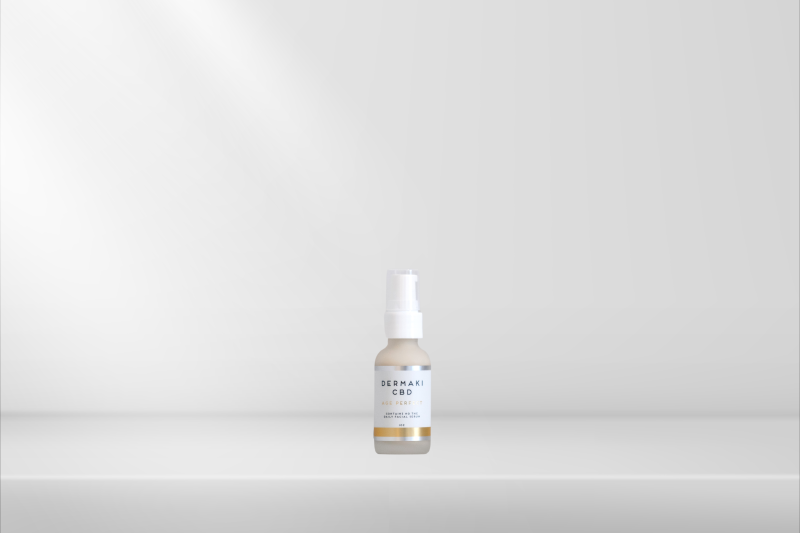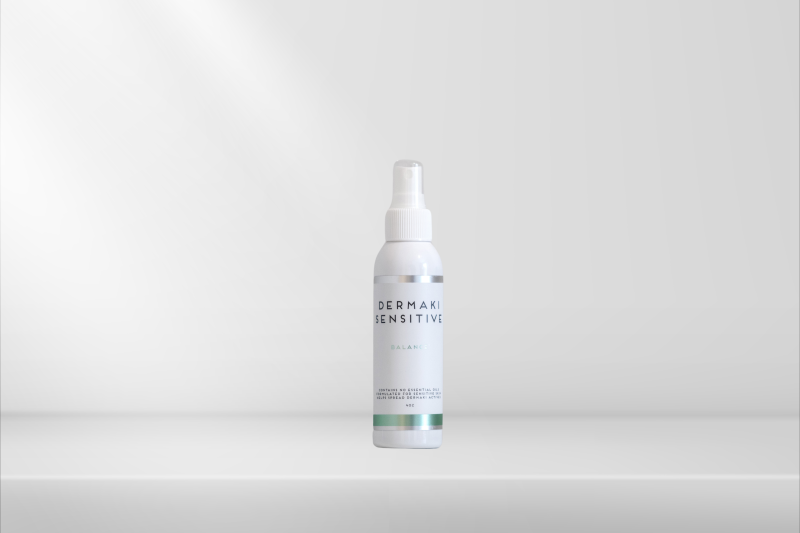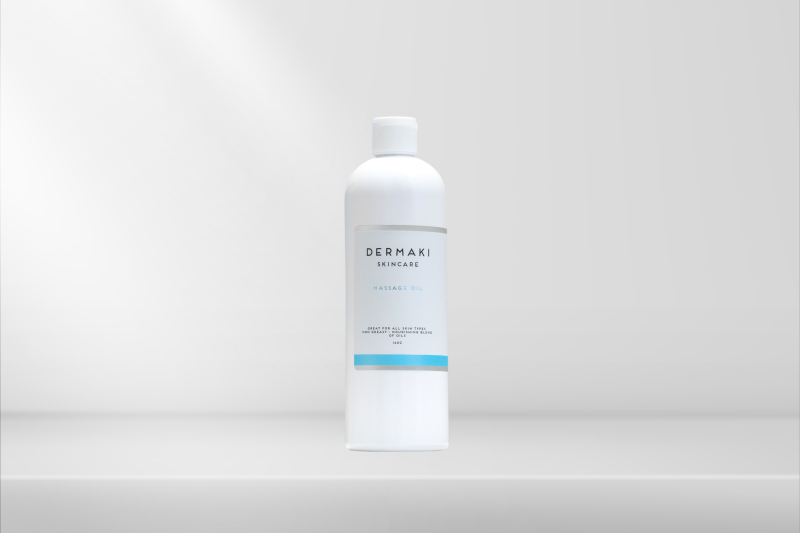Triple Exfoliator – New Version!
Professional-Use Chemical & Enzyme Exfoliator | Advanced Skin Renewal
The Triple Exfoliator is an advanced non-abrasive exfoliation treatment that combines papain enzyme, salicylic acid (BHA), and lactic acid (AHA) to effectively dissolve dead skin cells, refine texture, and enhance skin clarity. This upgraded formula now contains a low percentage of ethanol alcohol to improve ingredient stability and efficacy.
Professional Use Only – Please Read Precautions Before Use.
Key Benefits:
Provides professional-grade exfoliation using three exfoliating technologies.
Gently removes dead skin cells for a smoother, more even complexion.
Minimizes fine lines, wrinkles, and skin roughness.
Brightens skin & improves tone by targeting hyperpigmentation.
Prepares skin for better product absorption.
Reduces breakouts & congestion by keeping pores clear.
How It Works:
Papain Enzyme (Natural Enzyme Exfoliant) – Gently dissolves surface debris, softening fine lines & evening out skin tone.
Salicylic Acid (BHA) – Penetrates deep into the pores to dissolve excess sebum, slough away dead skin cells, and prevent breakouts.
Lactic Acid (AHA) – An effective yet gentle exfoliant that promotes skin hydration, brightness, and cell renewal.
Important Usage Notes & Precautions:
Avoid mixing with:
Retinoids (Vitamin A-based products like Clarifying Complex, Vitamin A Serum, Advanced Dermal Complex, or Age Perfect).
Exfoliating Powders or other enzyme-based exfoliants.
Vitamin C, Benzoyl Peroxide, or additional AHA/BHAs.
Homecare products with exfoliating acids 2-3 days before & after treatment.
Post-Treatment Care:
Clients may not experience visible peeling, but exfoliation is still occurring.
Lactic acid increases sun sensitivity—apply broad-spectrum SPF 30 (Protect) daily for at least one week.
Use Soothe at the end of the facial & recommend a hydrating moisturizer for home use.
Avoid using any exfoliants or enzymes for one-week post-treatment.
If the client experiences discomfort above a 5/10 on a sensitivity scale, remove immediately with Hydrating Cleanser (not just water) and allow the skin to cool.
How to Use:
Ensure all visible white chunks of salicylic acid are broken up before application to avoid frosting.
Apply a thin layer with a brush onto cleansed skin.
Leave on for 3-5 minutes.
Remove with Hydrating Cleanser (not just water) to neutralize.
For sensitive skin, dilute with Gentle Rose Exfoliator or a Dermaki toner.
Complete Ingredient List:
Base: Aloe and Rose Powders in an Aqueous Base, Glycerin, Urea
Active Exfoliants: Papain Enzymes, Salicylic Acid, Lactic Acid
Calming Agents: Hops Flower
Stabilizers & Preservatives: Ethanol Alcohol, Sodium Benzoate, Silver Citrate, Sodium Acrylates
Essential Oils: (Proprietary Blend)
Why Choose the Triple Exfoliator?
Combines enzyme + AHA + BHA exfoliation for powerful yet gentle skin renewal.
Safe for all skin types when used correctly ideal for texture, acne, and aging concerns.
Designed for professional use with clear pre- and post-treatment guidelines.
Reveal your best skin with the power of professional exfoliation—Triple Exfoliator delivers results!
These products have not been evaluated by the FDA and not intended to cure or treat diseases.
| Weight | .5 oz |
|---|---|
| Dimensions | 5 × 4 × 3 in |
Related products
Anti-Aging
Acne-Clarifying Line
Acne-Clarifying Line
Anti-Aging
Anti-Aging
Anti-Aging
Sensitive (NO Essential Oils)
Studio Care


